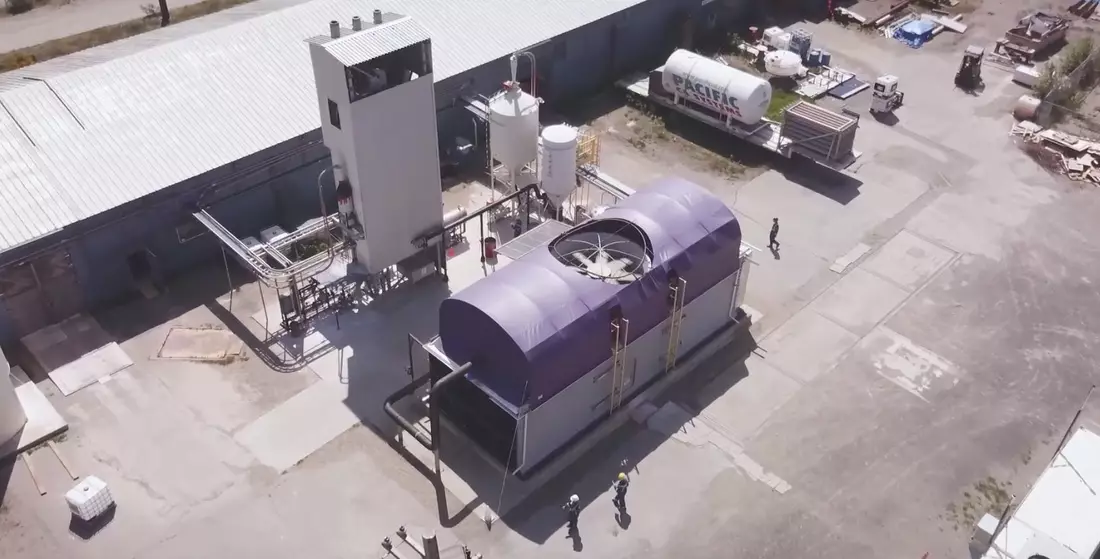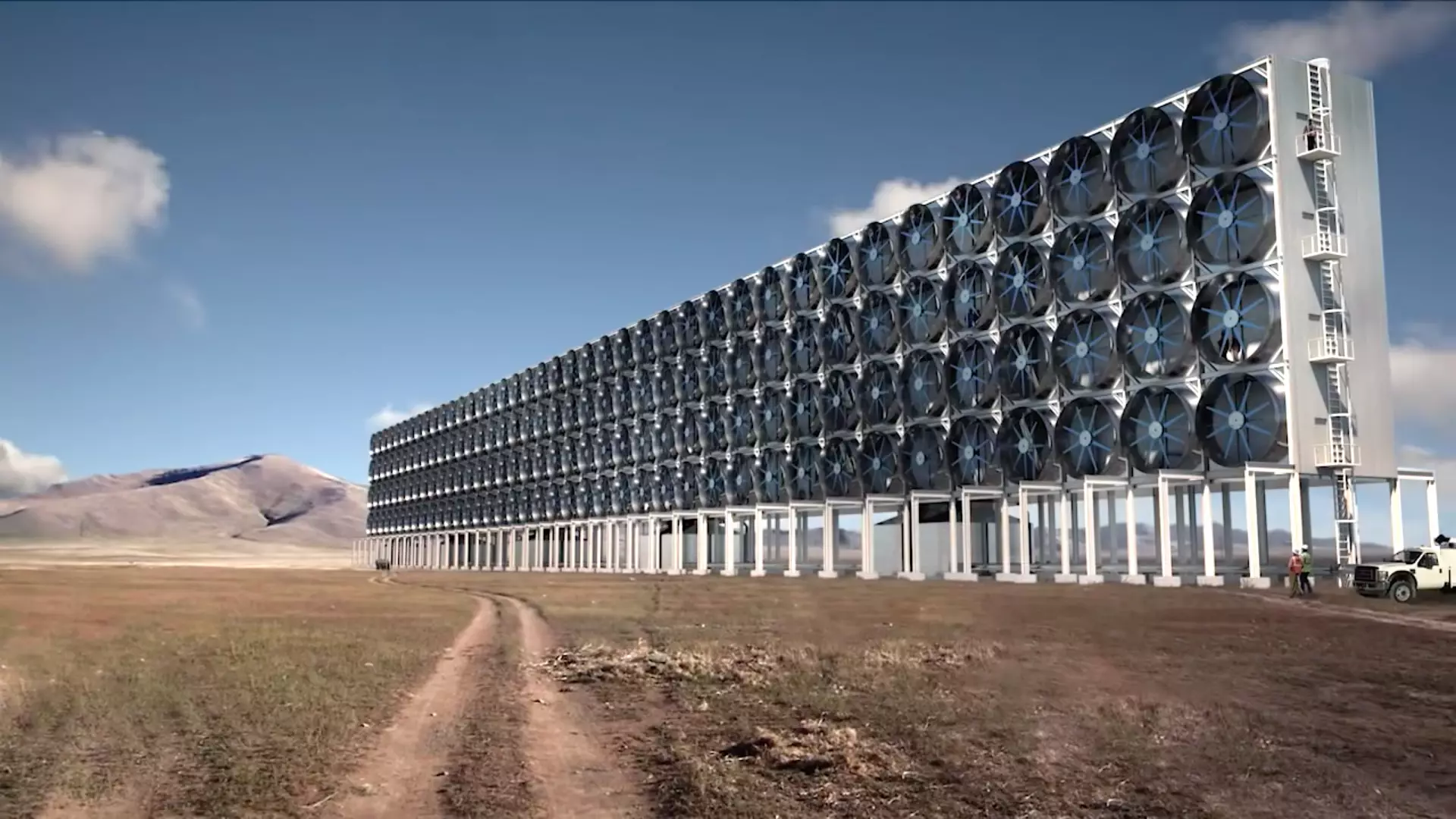Last year we wrote about eFuel, the synthetic fuels from Bosch, capable of replacing the petroleum-based fuels we currently use. To make them, we need two ingredients: H2 (Hydrogen) and CO2 (carbon dioxide) — with the latter ingredient being obtained by recycling it through industrial processes or captured directly from the air itself using filters.
The advantages are obvious. The fuel becomes like this carbon neutral — what is produced in its combustion would be recaptured again to make more fuel —; no new distribution infrastructure is needed — the existing one is used; and any vehicle, new or old, can use this fuel, as the properties are maintained relative to current fuels.
So what's the problem?
Although there are already pilot programs underway, with state support in Germany and Norway, the costs are quite high, which would only be alleviated with mass production and a reduction in the price of renewable energies.An important step has now been taken towards the future spread of synthetic fuels. A Canadian company, Carbon Engineering, announced a technological advance in CO2 capture, greatly reducing the cost of the entire operation. CO2 capture technologies already exist, but according to Carbon Engineering their process is more affordable, reducing costs from $600 per ton to $100 to $150 per ton of captured CO2.
How it works
The CO2 present in the air is sucked in by large collectors that resemble cooling towers, air that comes into contact with a liquid hydroxide solution, capable of retaining carbon dioxide, converting it into an aqueous carbonate solution, a process that occurs in a air contactor. We then move to a “pellet reactor”, which precipitates small pellets (balls of material) of calcium carbonate from the aqueous carbonate solution.
After drying, the calcium carbonate is processed through a calciner that heats it to the point of decomposing into CO2 and residual calcium oxide (the latter is rehydrated and reused in the “pellet reactor”).

The CO2 obtained can then be pumped underground, trapping it, or using it to make synthetic fuels. Carbon Engineering's approach is not much different from the processes found in the pulp and paper industry, so this precedent — at the level of chemical equipment and processes — means that there is real potential to scale up the system and launch it commercially.
It is only with the installation of large-scale air capture units, located outside cities and on non-arable land, that the cost of 100 to 150 dollars per ton of CO2 captured, purified and stored at 150 bar would be possible.

The Canadian company was created in 2009 and has among its investors Bill Gates and already has a small pilot demonstration plant in British Columbia, Canada, and is now trying to attract funds to build the first demonstration unit on a commercial scale.
from air to fuel
As we have already mentioned in Bosch's eFuel, the CO2 captured from the atmosphere would be combined with hydrogen — obtained from the electrolysis of water, using solar energy, whose costs continue to decrease — forming liquid fuel, such as gasoline, diesel, or even Jet- A, used in airplanes. These fuels are, as mentioned above, neutral in CO2 emissions, and, more importantly, would no longer use crude.

This brings other advantages, as synthetic fuels do not contain sulfur and have low particle values, allowing for cleaner combustion, not only reducing greenhouse gas emissions, but also reducing air pollution.

